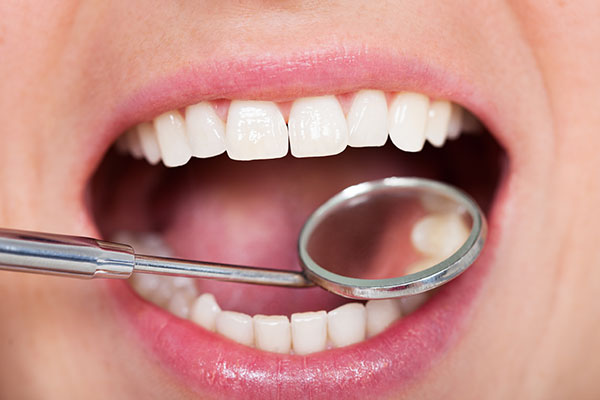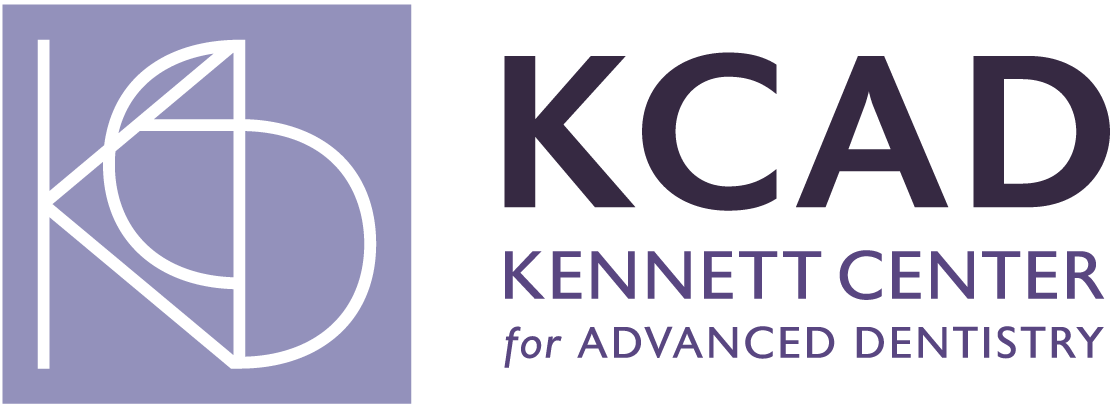Ceramic Dental Fillings
Say Goodbye to Tooth Decay at KCAD
With ceramic dental fillings, also known as porcelain inlays and onlays, dentists can repair damaged or decayed teeth. Ceramic crowns, known for their biocompatibility and natural-looking appearance, also offer significant benefits in dental restoration. They offer several advantages over traditional amalgam or composite fillings, including aesthetic appeal, durability, and biocompatibility.
To schedule an appointment at Kennett Center for Advanced Dentistry, contact our Kennett Square dentist today by calling 610-444-6311.

What Are Ceramic Fillings?
Ceramic fillings, also known as ceramic inlays or onlays, are dental restorations used to repair teeth damaged by decay or trauma. These dental fillings are made from biocompatible ceramic materials and are customized to match the natural color and shape of your teeth. Other types of ceramic restorations include inlays, onlays, crowns, and veneers.
Ceramic fillings are often recommended for:
- Small to moderate-sized cavities.
- Patients seeking a more natural appearance.
- Those with metal allergies or sensitivities.
Types of Dental Ceramics
- Porcelain: Commonly used for ceramic fillings due to its strength and aesthetics.
- Zirconia: Known for its exceptional durability and biocompatibility.
- Alumina ceramics: Valued for their mechanical properties and longevity, alumina ceramics are frequently used in dental restorations and prostheses.
- Glass ceramic: Composed of a glass matrix and crystalline phase, glass ceramics are used in dental restorations for their translucency and strength.
- Lithium disilicate glass ceramics: Offering a strength of 400 MPa and excellent esthetics, lithium disilicate glass ceramics are suitable for various restorations, including full-contour and veneering applications.
Benefits of Ceramic Fillings
Ceramic fillings provide numerous benefits, including:
- Aesthetic Appeal: Ceramic fillings blend seamlessly with natural teeth.
- Durability: They’re highly resistant to wear and fracture.
- Biocompatibility: Ceramic is well-tolerated by the body.
- Minimally Invasive: Requires less removal of healthy tooth structure compared to amalgam.
Additionally, ceramic dental crowns offer the benefits of strengthening damaged teeth and providing a natural-looking appearance.

The Ceramic Filling Procedure
Diagnosis and Treatment Planning
Your dentist will assess the extent of tooth damage and discuss treatment options, including ceramic fillings. Recent advancements in ceramic systems, such as the shift from metal ceramics to all ceramic systems, play a crucial role in modern treatment planning.
Tooth Preparation
The damaged tooth is prepared by removing decayed and weakened areas while preserving healthy tooth structure.
Impression and Temporary Filling
An impression is taken to create a customized ceramic filling. A temporary filling may be placed to protect the tooth while the permanent restoration is created.
Custom Fabrication with Lithium Disilicate Glass Ceramics
The ceramic filling is fabricated in a dental laboratory to precise specifications, including color and shape. Additionally, in-office CAD/CAM technology can be used to design, fabricate, and place all-ceramic inlays, onlays, crowns, and veneers in a single patient visit, ensuring excellent fit, strength, and longevity.
Bonding and Cementation
Once the custom filling is ready, patients will return for their next appointment. The custom ceramic filling is then bonded to the prepared tooth using dental cement, ensuring a secure fit and beautiful look.
Ceramic Fillings vs. Other Filling Materials
Ceramic vs. Silver Amalgam Fillings
- Aesthetics: Ceramic fillings have a more natural appearance than amalgam, which uses metals.
- Durability: Ceramic is more durable and less prone to expansion/contraction.
- Biocompatibility: Ceramic is metal-free and biocompatible compared to amalgam.
Ceramic vs. Composite Resin Fillings
- Aesthetics: Both offer good aesthetics, but ceramics may be more stain-resistant.
- Durability: Ceramics are generally stronger and longer-lasting.
- Tooth Preparation: Less tooth removal is required for composite fillings.

Frequently Asked Questions
Can ceramic fillings stain?
Ceramic fillings are highly stain-resistant, but it’s advisable to avoid excessive consumption of stain-causing substances like coffee and red wine.
Are ceramic fillings suitable for front teeth?
Yes, ceramic fillings are an excellent choice for front teeth due to their natural appearance.
How long do ceramic fillings last?
On average, ceramic porcelain fillings last about 10 to 15 years, but some can last much longer with proper care and regular dental visits.
Contact Our Kennett Square Dental Team Today!
Ready to get your oral health back on track? At Kennett Center for Advanced Dentistry, our Kennett Square dentist offers dental fillings to ensure you can stop cavities in their tracks. Contact our dental office today by calling 610-444-6311 for an appointment.
